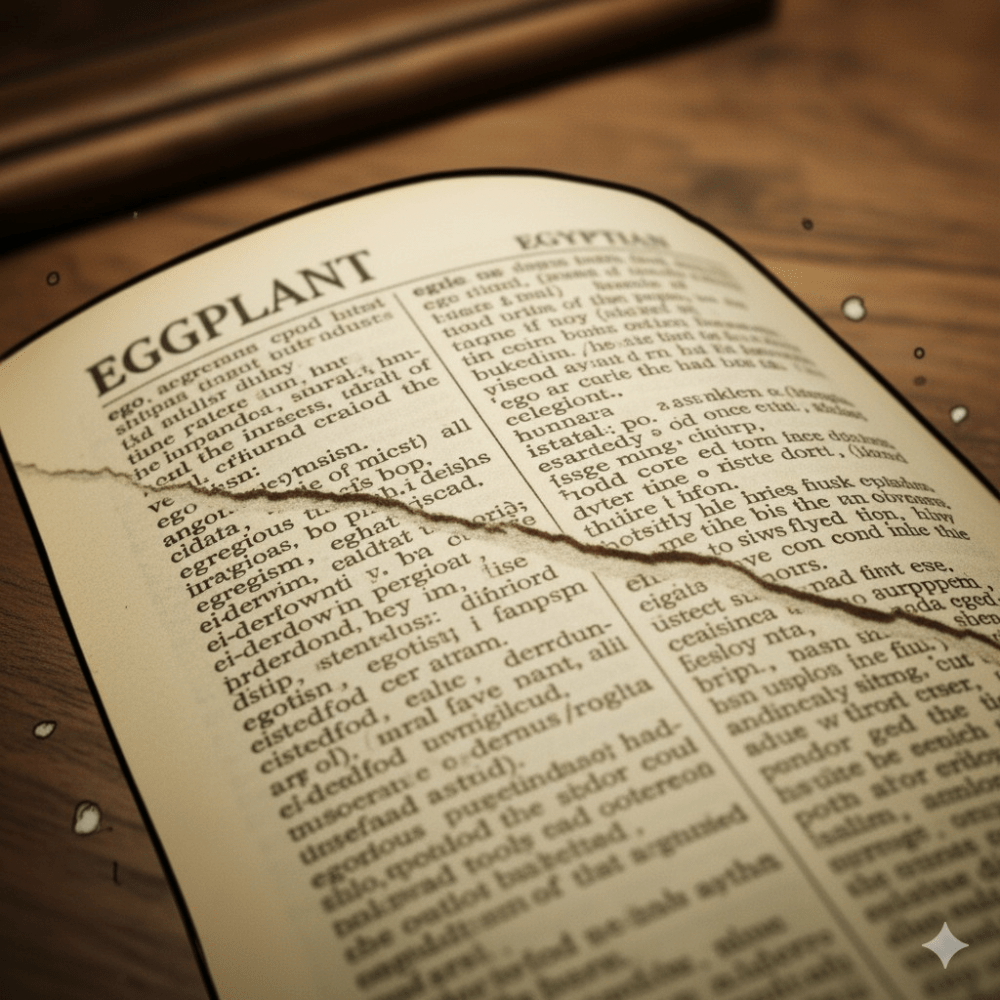What is the setting of a story?
What is when and where a story takes place.
What does it mean when a character “changes” in a story?
When a character changes because of how he/she dealt with the conflict in the story.
What are the three main parts of a story you should include in a summary?
Beginning, middle, and end
What is a theme?
Theme is the moral, message, or lesson that the author wants to share with the reader.
What kind of book would you use to find a word’s meaning?
A dictionary
How can a setting make a story’s conflict harder for the main character?
A setting can make a story's conflict harder by adding obstacles, causing bad luck, and creating a scary mood.
How does a conflict usually help a character grow or learn something?
Conflict helps a character grow because it makes them face their problems and learn how to handle challenges.
Why should a summary be shorter than the original story?
A summary should be shorter than the story because it only tells the most important parts in a quick and simple way.
How is a theme different from the main idea?
Theme is the moral, message, or lesson of a story and can be applied to different stories. Main or central idea is what the story is mostly about and applies just to one story.
What information can a dictionary entry give besides a definition?
Pronunciation, part of speech, word origin, synonyms, and antonyms
If a story takes place during a storm and the power goes out, what kind of conflict could that create?
I will accept the most reasonable response, munchkins!
Name or describe a story you’ve read where the main character learns a lesson because of a problem.
Any reasonable answer will get points.
What is one thing you should not include in a summary?
Our opinions do not belong in a summary.
What kind of details help you figure out the theme?
Supporting details or details that help to prove the theme.
What is a multiple-meaning word?
Examples:
Bank: part of a river or a place to put our money
Bat: a nocturnal animal or a sporting tool
Play: what we do at recess or a stage production
Explain how changing the setting from day to night might change a story’s mood or events.
Any reasonable response will get points.
How does solving a conflict move the plot forward?
Making characters change, increasing the excitement, and helping the story reach its ending.
Summarize The Empty Pot in 2–3 sentences using the beginning, middle, and end.
Any reasonable summary will get points, munchkins!
Identify a theme and two key details from Each Kindness by Jacqueline Woodson.
Any reasonable response will get points.
What is a thesaurus?
A book that helps us find synonyms for words. Example: If I wanted to find another word for "Hard working" I would find the word "industrious" in a thesaurus.
Give an example of a story where the setting directly causes the main problem. HINT: Think about certain events, a hurricane or slavery.
Any acceptable response will get points, munchkins!
In Frindle, how does Nick’s conflict help him change by the end of the story?
Nick grew up, matured and learned to respect Mrs. Granger.
How does including the theme in a summary show that you understood the story?
Including the theme shows that you understand the moral, message, or lesson that the author is trying to share.
Explain how the character’s actions can help reveal the story’s theme.
The choices that a character makes is a direct connection to the story's theme.
What are the words on the top of dictionary pages called?

Guide words.